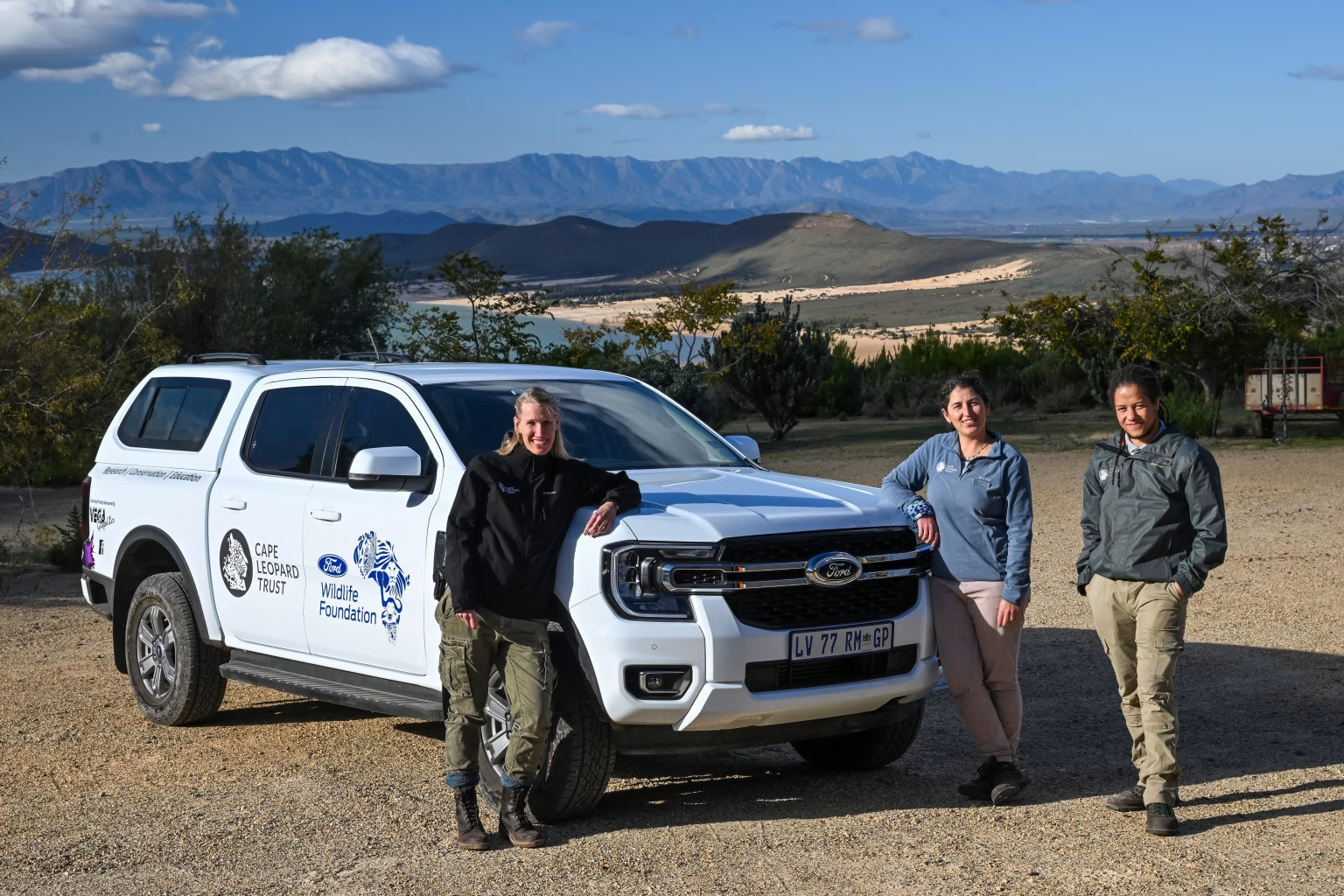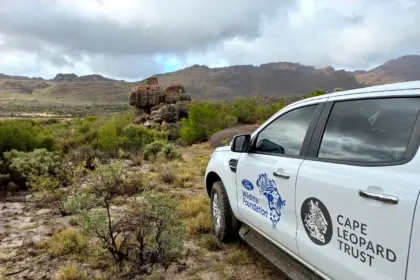- Cape Leopard Trust (CLT) was founded in 2004 with the initial aim of researching leopards in the Cederberg Wilderness.
- Known for its durability, load capacity, and off-road performance, the FWF supplied Ford Ranger enables the CLT team to transport equipment and reach remote field sites that are otherwise inaccessible.
- One of the most powerful tools in CLT’s research toolkit is the camera trap – a motion- and heat-sensitive digital camera that monitors wildlife day and night.
The Ford Wildlife Foundation (FWF) is proud to support the Cape Leopard Trust (CLT), a leading environmental NGO working to conserve leopards and promote biodiversity across the Western Cape. Through rigorous research, education, and community engagement, the CLT is at the forefront of predator conservation in South Africa – striving to ensure a future where people and predators coexist in harmony.
From Grassroots to National Impact
The CLT was founded in 2004 with the initial aim of researching leopards in the Cederberg Wilderness. Precious little was known about these mysterious cats and studying them was considered virtually impossible due to their elusive nature and the inhospitable terrain. With remote-sensing field cameras becoming more obtainable, and with the financial support of a few core funders, the quest to study them became feasible. In the 21 years since, the CLT has matured into an established and reputable organisation. Its approach centres on three pillars: research, conservation, and environmental education. Each informs the other, resulting in strategies rooted in science and sustained by meaningful community partnerships.
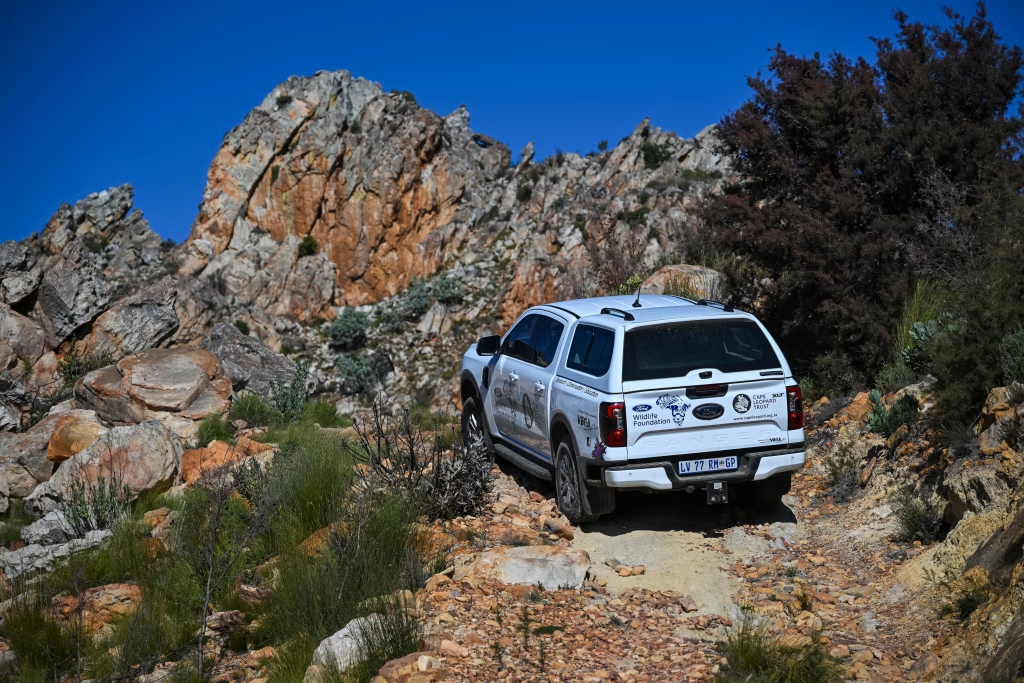
Camera Traps: Watching the Wild, Unseen
One of the most powerful tools in CLT’s research toolkit is the camera trap – a motion- and heat-sensitive digital camera that monitors wildlife day and night. These devices are essential for studying leopards in the Cape region, which are notoriously elusive and very rarely seen. Each leopard has a unique rosette pattern, which enables researchers to identify individuals. By analysing photographic data with statistical models, the CLT can estimate leopard population densities and monitor changes over time.
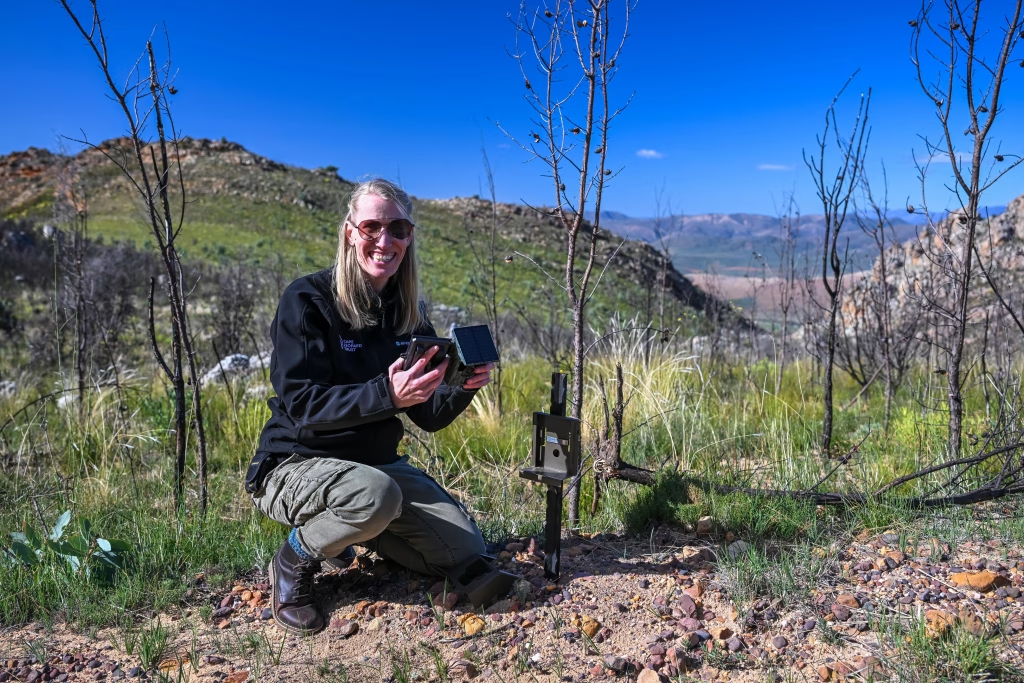
The Boland Mountain Complex (BMC) is one of the CLT’s priority long-term monitoring sites. Surveys here began in 2010 and were repeated in 2020 and again in 2025, with the current survey spanning approximately 2,500 km² and involving 90 paired camera trap stations. The study covers protected land managed by CapeNature, the City of Cape Town, and adjacent private properties such as Klipbokkop Mountain Reserve, a long-time supporter of the CLT.
Built to Tackle Tough Terrain: The Role of the Ford Ranger
Accessing these rugged, mountainous regions would be impossible without a reliable, capable vehicle. This is where the Ford Ranger, provided by the Ford Wildlife Foundation, becomes an invaluable asset. Known for its durability, load capacity, and off-road performance, the Ranger enables the CLT team to transport equipment and reach remote field sites that are otherwise inaccessible.
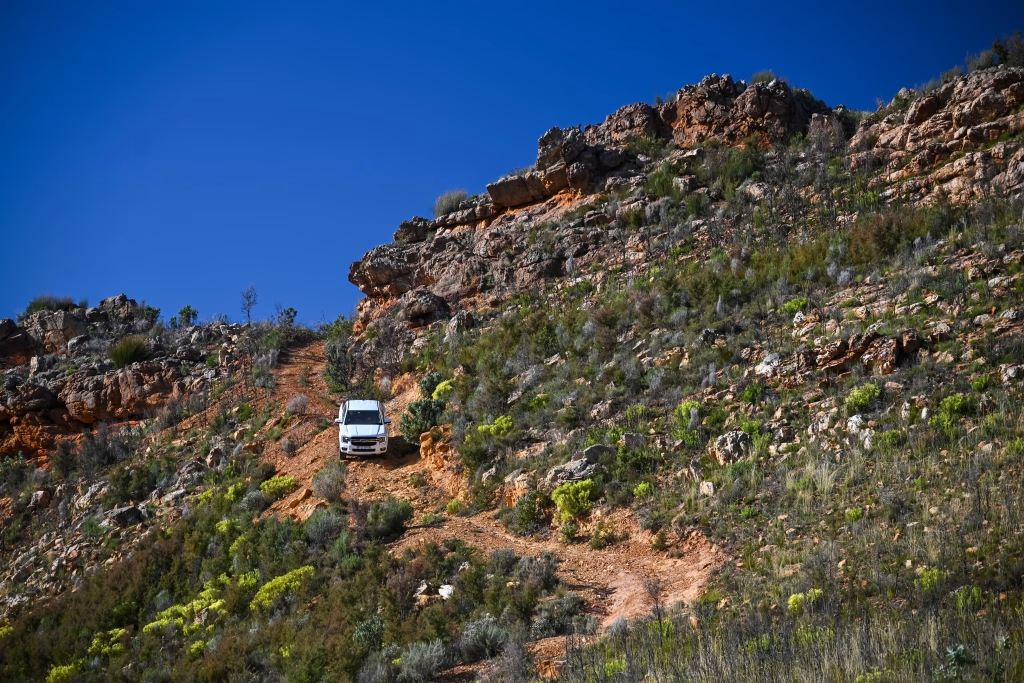
“Researching leopards in the Cape is especially challenging due to the leopard’s elusive nature and the demanding landscapes we work in. Fieldwork requires careful planning, rugged equipment, and reliable mobility. The Ford Wildlife Foundation Ranger is an essential part of every camera trap survey, making our work possible,” said Dr Katy Williams, Research and Conservation Director at the CLT
Anita Wilkinson, senior researcher at CLT, adds, “The support from Ford and the Ford Wildlife Foundation over the years has enabled us to access hard to reach areas. We are incredibly grateful to have such dependable vehicles powering our research, conservation, and outreach efforts.”
A Unique Leopard Population
Notably, leopards in the Cape’s fynbos regions are physically smaller and weigh less than their savannah cousins – males average 35 kg and females 20 kg. They occur at much lower densities (fewer than 2 leopards per 100 km2) and have home ranges up to ten times larger than leopards elsewhere in South Africa. Because of these differences, people often refer to them as ‘Cape leopards’, but this is a confusing term. Currently, all leopards in Africa belong to the same subspecies – Panthera pardus pardus.
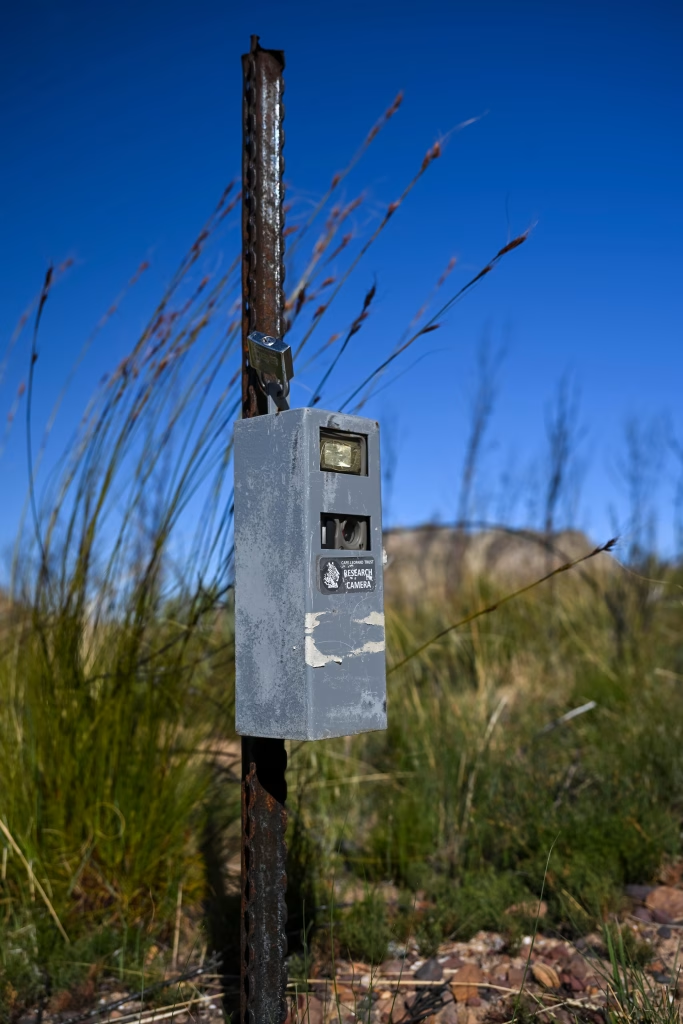
Although leopards in the Cape mountains are relatively geographically isolated from other populations in South Africa, and have some distinctive characteristics, it is not enough to classify them as a different sub-species. To avoid misperception, ‘leopards of the Cape’ may be a better term to describe this unique population. Due to their vulnerability, leopards in the Cape are regarded as a different management unit and require tailored conservation management plans and ongoing monitoring.
Data gathered by CLT also contributes to larger biodiversity databases, including CapeNature’s State of Biodiversity database and the Mammal Virtual Museum coordinated by the Biodiversity & Development Institute. Every camera trap image serves a broader purpose – building a more comprehensive understanding of South Africa’s mammal populations and informing conservation policy at regional and national levels.
A Shared Commitment to the Future
“At Ford, we believe in enabling real-world conservation efforts through practical support. The Cape Leopard Trust’s work is not only scientifically robust but community-focused, and their team is often working in difficult terrain under tough conditions. Our Rangers are built to go the distance – and so are the people using them to protect South Africa’s wildlife. We are proud to be part of this important journey,” says Lynda du Plessis, manager of the Ford Wildlife Foundation.
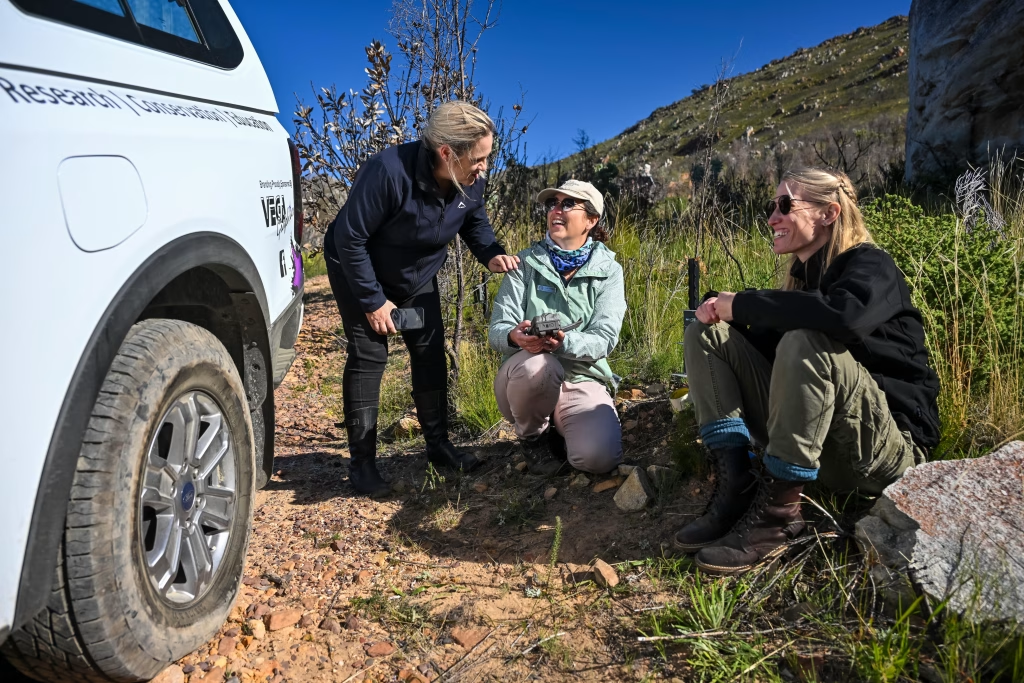
From its humble beginnings to a national presence, the Cape Leopard Trust continues to set the standard for predator conservation in South Africa. The Ford Wildlife Foundation is honoured to play a part in this journey – driving the research, education, and awareness that safeguard the region’s iconic wild cats.
For over 30 years, Ford Motor Company of Southern Africa (Manufacturing) (Pty) Ltd (Ford South Africa) has actively participated in wildlife and ecosystem conservation efforts in South Africa and Sub-Saharan Africa. The Ford Wildlife Foundation was established in 2014 and currently supports 28 projects across South Africa and one project in Mozambique. This comprises 17 conservation projects, seven research projects and five environmental education projects.







